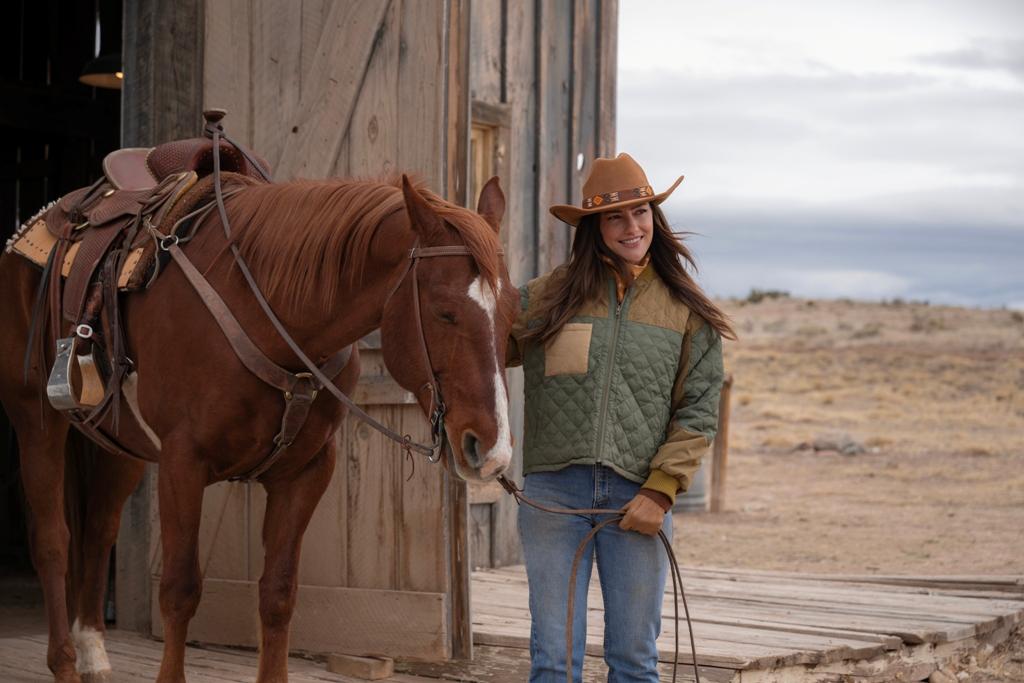The fourth Netflix-produced sports docuseries, “Full Swing” is a prime example of being in the right place at exactly the right time.
As docuseries such as this typically begin preproduction a year or longer prior to shooting, no one could have predicted the tumult and finger-wagging that arose in the late spring regarding what the majority of those in the know consider to be the most controversial, game-changing event in the history of professional golf: a competing tour.
As a general rule, documentaries are relatively inexpensive and easy to produce, as the bulk of the final product is culled from existing media. For example, if you wanted to make a biographical documentary of Tiger Woods, a man whose life has been captured in great detail since he was a toddler, you’d have no trouble locating source material. The two-episode “Tiger” came out on HBO in 2021, and it was good. But it’s not a definitive biography as he’s still alive and is still playing golf, albeit inconsistently.
Woods is seen in several episodes of the eight-part, nearly six-hour “Full Swing” but only as one of dozens of other PGA players. It chronicles the events of the 2022 tour including the six most prestigious tournaments, and select profiles of some famous and not-so-famous current players.

Justin and Jordan
Things get off to a great start with the aptly titled first episode “Frenemies,” highlighting the lifelong friendship and rivalry between Justin Thomas and Jordan Spieth. Of the two, Spieth caught fire first, winning two majors (Masters, U.S. Open) and the two end-of-year playoff events (Tour Championship, FedEx Cup) in 2015.For the third-generation professional, Thomas, it was a longer road to success, but he’s also been more consistent than Spieth. When not in competition, they’re each other’s biggest supporters and travel to events together on private jets.

Like every other player seen in the series, if they’re shown departing or arriving at any given event, it’s on a private jet together, which is not a good look to the bulk of the fans who are diehard PGA supporters. In retrospect, the producers should not have included any of this footage.
PGA Versus LIV
The zenith of the series is the third episode, “Money or Legacy,” which covers the birth of the non-PGA sanctioned “LIV” tour. Rightfully perceived by most as a PR move to divert attention away from the Saudi’s questionable human rights violations, the Saudi government-bankrolled endeavor offered obscene amounts of money to PGA players to come on board.Some players, including Koepka and the colorful Ian Poulter, were among the first to join the new tour. It’s hard to disagree with the LIV business plan. Instead of playing 72 holes with the chance of being cut halfway through with no paycheck, LIV tournaments are only 54 holes in duration (hence the Roman numeral “LIV” name), and everyone gets paid.
This dust-up between the PGA and LIV still hasn’t fully settled, but it did succeed in prompting the PGA to modify its business model in favor of its principal draw: the players.
The Ebb
Episodes 5, 6, and 7 (“American Dreams,” “Don’t Get Bitter, Get Better,” and “Golf Is Hard”) are all perfunctory and serviceable but come off as padded filler, more concerned with providing fluff and human interest angles instead of connections to golf.The final installment, “Everything Has Led to This,” concentrates on the year’s final events: the 150th (British) Open won by Cameron Smith and the phoenix-like resurgence of Northern Ireland native Rory McIlroy at the season-capping FedEx Cup.
As the son of a PGA golfer who was weaned on the game, my expectations of “Full Swing” were higher than the uninitiated viewers, but lower than those thoroughly immersed in all aspects of the sport. I’d like to say that “Full Swing” will be relatable to non-golfers, but I can’t. It is something that requires a working knowledge of the sport going in.
Had it been trimmed down to four or so hours, “Full Swing” would have had far more bite and staying power.






